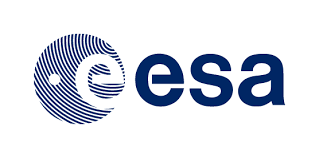Over the last few months we’ve been working closely with partners to research beacons in action. We’ve put together a helpful guide to what beacons are and how they can be used by visitor attractions and arts, culture and museum professionals to provide added value for audiences through location-specific content as well as generate valuable insights into visitor behaviour and flow.
So to start… What are beacons?
A beacon is a small Bluetooth Low Energy radio device that broadcasts small packets of data—called advertising packets—at regular intervals. The amount of the advertising packets and what they consist of depends on a communication standard that a given beacon runs on. There are a couple of such communication standards but the most popular ones are iBeacon and Eddystone.
How do they work?
A beacon system relies on two-way communication between a strategically placed beacon and an app designed to interact with the beacon’s signal.
When a user, with a receiving app, passes within range of a beacon, the beacon’s signal can be used to trigger an action within the app. E.G. instruct the app to send location sensitive content directly to the users phone, and/or capturer user analytics.
What do they do?
Organisations and visitor attractions use beacons to help visitors to access content that is specific and relevant to their current location and experience, and to capture information about their user’s behaviour. In my opinion and experience there are three main functions where beacons can be used:
– Listening function – To capture user analytics via their phone
– Information function – To send location sensitive or experience specific information to users via their phone
– Feedback function – To seek and receive time sensitive feedback on specific locations or experiences from user’s via their phone



